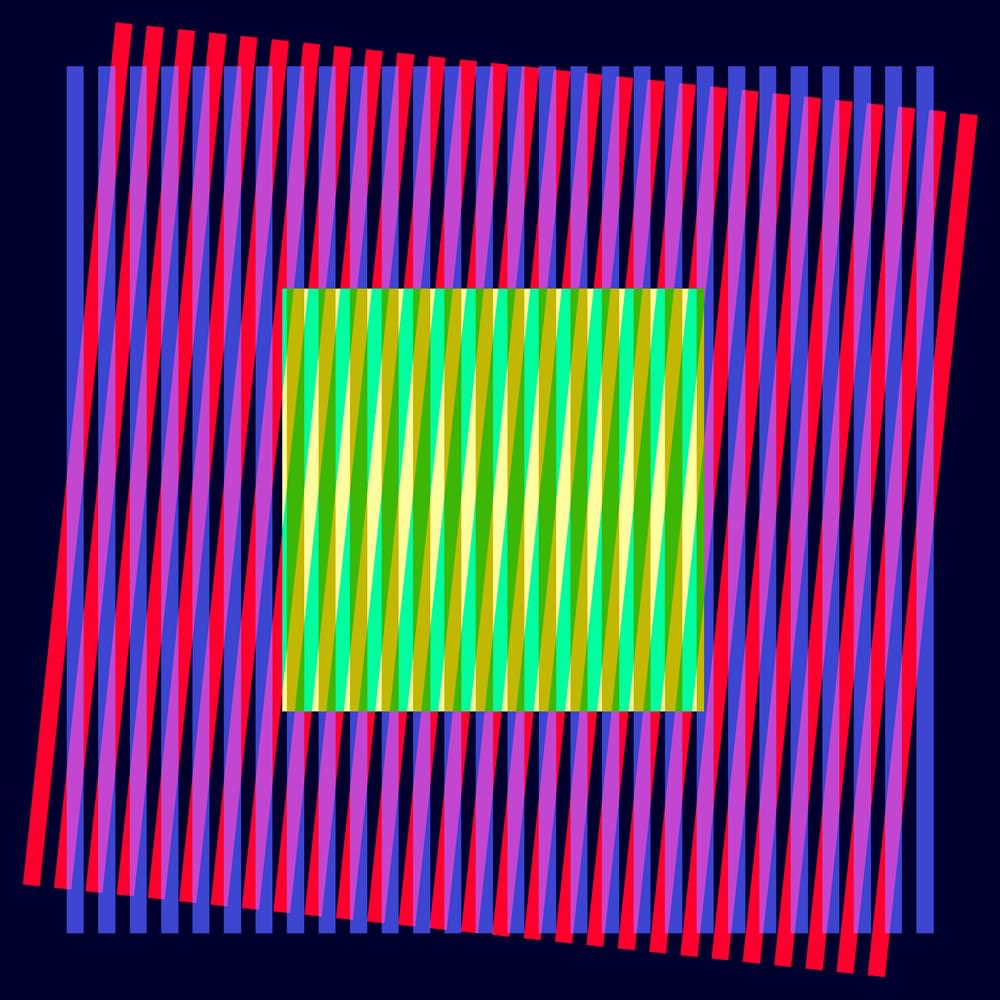Many cancer cells carry too many or too few chromosomes, a condition known as aneuploidy. Scientists have known this for a very long time, but the impact of aneuploidy has been unclear. Researchers recently developed a computational tool that analyzed cells from thousands of cancer patients. This effort identified critical regions of chromosomes that can be harmful or beneficial to tumor cells when they are deleted or duplicated. The findings have been reported in Nature.
In this study, the investigators developed a method called BISCUT (Breakpoint Identification of Significant Cancer Undiscovered Targets), which located where major changes start and end in chromosomes. Regions that were often found were more likely to help cancer cells survive while less commonly found regions were associated with a lack of cancer cell growth or their death. For example, one-third of all cancer cells in The Cancer Cell Genome Atlas lack one arm of chromosome 8.




